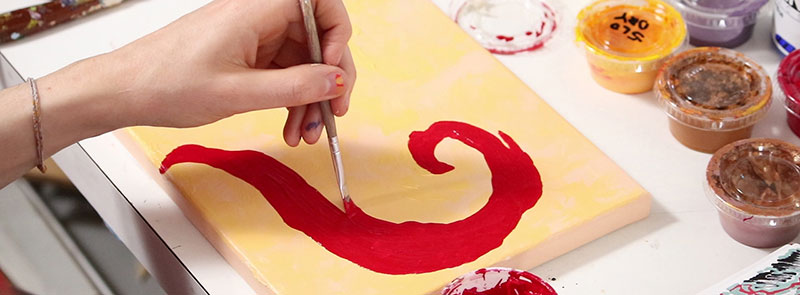Prompt
Create an artwork that depicts a scene at night. Consider how different types of lighting (natural light vs. artificial light) interact within a night scene.
Explore the visual qualities of the night as well as the narrative elements behind this specific time of day.
Inspiration
Examples
Helen Cook, Croooolik, Anna, Neil Espinosa
Subject Matter
The subject matter is up to you! We do recommend, if you can, to paint from life.
When you can observe in real life, you’ll see colors and subtle shifts of saturation, contrast, etc. that a photograph simply cannot capture.
If you can’t paint from life, we recommend shooting your own reference photos so you can control the image, lighting, and color.
Night Photos
If you’re not sure what to do, you might find inspiration in our night scene photos on our free reference photo collection on Flickr.
Inspiration
Lois Dodd, Kerry James Marshall, Gregory Crewdson, Edward Hopper
Thumbnail Sketches
We recommend doing about 6 small thumbnail sketches to explore a diverse range of options for your composition.
Start your first thumbnail sketches with line and think about how you want to place your subject onto the page.
After you choose the thumbnail you want to use for your painting, it’s really helpful to used a color drawing media (colored pencil, marker, crayons) and quickly block in color to get a feel for how the colors will interact in the composition.
Art Media

Any paint medium, you can reference our supply lists for items we recommend: watercolor, gouache, acryl gouache, acrylic, oils, water mixable oils, liquid watercolor, alcohol inks
Elements of Art: Value
This video explains VALUE, one of the Elements of Art. Topics include using value as a means of creating dramatic lighting and contrast, how to create subtlety with value, and fostering an illusion of a broad range of greys.
Examples from both art history and contemporary art are shown to illustrate how value works. Discussion led by Art Prof Clara Lieu and Teaching Artists Alex Rowe and Cat Huang.
Warm & Cool Colors
This video explains how warm colors and cool colors can be used to create mood and contrast in an artwork.
While there are colors that are stereotypically seen as “warm” and “cool,” warm and cool colors are contextual, and is often times not as straightforward as it might seem!
Examples from contemporary art and art history are show to illustrate the many nuances of color temperature. Discussion led by Art Prof Clara Lieu and Teaching Artists Alex Rowe and Lauryn Welch.






















